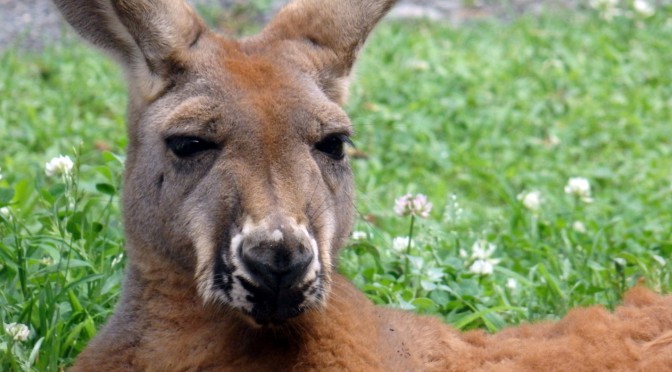Physical Description
Golden eagles range in color from black-brown to dark brown with a striking golden head and neck. They can reach up to 3ft in height with a wingspan of up to 7.5 ft and can weigh up to 15 lbs. Their eyes don’t move much in the eye socket, but an eagle can rotate its head about 270 degrees.
Predators
Adult golden eagles have little to fear from natural predators, although crows, jays, and other raptors often harass them.
Eagle chicks are not so lucky, as wolverines and grizzly bears may prey on them.
Lifespan
Golden eagles live up to 38 years in the wild, and up to 50 years under human care.
Reproduction
Golden eagle pairs usually mate for life and will build several nests in their territory. Courtship begins at the start of the year. Males will put on an aerial display where he folds his wings and drops headfirst until close to the ground, when he spreads his wings to soar aloft and repeat the action. Females will lay 2 eggs a few days apart between January and May. Chicks will remain in the nest for approximately 50 days.
Fun Facts
- Golden eagles are often mistaken for juvenile bald eagles, as their coloration and size are very similar.
- Eagles have about 7,000 feathers.
Conservation Messaging
Most of the Bird of Prey here at the zoo are all rehabilitated birds who have sustained different injuries deeming them unreleasable. These birds fall victim to debris found on the side of the road. If it’s an apple core, banana peel, or some discarded trash it will attract their prey items which will then attract the bird of prey. Birds of prey have tunnel vision when hunting and will often not see a car coming. One simple way we can help is to dispose of all your trash properly, even natural items like apple cores and banana peels.










